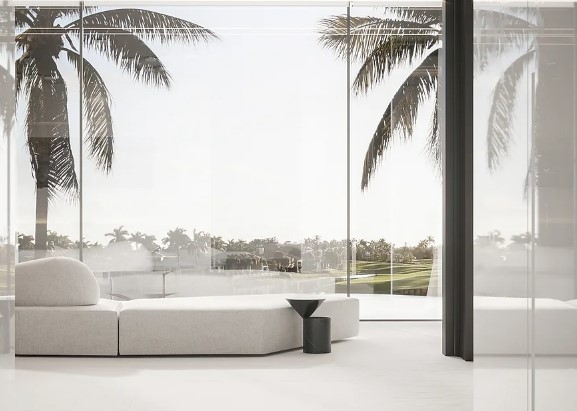Purchasing an existing home has its perks. If you wish to live in the city, land space is limited and is typically more expensive. Buying an existing home with a large lot will be less expensive then buying the same size lot and building on it. When it comes to the size of the home, don’t base the value on only the price per square 홈타이. Because the price of construction materials has increased over the decades, buying a home is going to save you money over building brand new. Another thing to keep in mind is that remodeling an older home to your tastes or functionality can not only save you money over building, but can also add value to your home in case you ever have to sell.
One thing that can not be beat with an older home is its character and charm. There are some characteristics of older homes that are very desirable to some buyers. The characteristics are in the details of the woodwork such as in the molding or the staircase. The character is even displayed in the floors, the fireplace, or the overall exterior of the house. If you are the type of buyer that is looking for that character, remember that updates can be made while retaining that character you love. Another great aspect of an older home is the yard! Typically, the lawn is going to be well rooted and the neighborhood will have large, mature trees.
Of course where there are pros, there are also cons. With an older home, there may be more maintenance issues to deal with. Some of these maintenance issues include faulty or “not-to-code” wiring, plumbing, roofing, appliances, or heating and cooling. Unless, steps have been taken to update, an older home is typically less efficient. This is simply because materials and technology are constantly improving to make our homes more efficient. A more efficient home costs less to operate and therefore results in a lower utility bill each month. Because of the issues that can arise when purchasing an older home, it is important to hire a well-experienced home inspector. The home inspector can help detect costly problems before you buy the home.
In contrast, building a brand new home, if built correctly, should have a very small amount of maintenance for up to fifteen years. If you don’t want to worry about costly repairs for quite some time, building new is the way to go. Also, the majority of builders have at least a one year warranty on a newly built home. This should cover any out-of-pocket expenses should the issue arise. This goes for the appliances as well, for new appliances, there is usually a warranty that will cover any problems you have.
The number one advantage of building a home is that you get to decide exactly what you want. There are different levels of custom homes. A new community that is being constructed by a builder allows you to choose from a few of the builders layouts and lets you decide the finishes. Take it a step further and purchase a lot to build using a layout that the builder has in their library. If you want a completely custom home, you will need to pay an architect or builder to draw up the plans which will be an additional cost. When building a custom home, you can decide everything from the layout, to the color of the paint and the style of the fixtures. Building a custom home not only allows you to choose the style of your home, but it also ensures it will be built to code and will have the newest materials. Your home will be more efficient and will save you money every month! You also have the ability to monitor the entire building process and can catch anything that doesn’t look right. Many people feel more of an emotional connection and have a more satisfying experience if they’re actively involved in the process and decision-making.
Before the building phase you must keep in mind the resale value. You never know if you will need to sell your home sooner rather then later. It is best to not overbuild since each neighborhood has a certain price range of homes. If you build a home that really exceeds that price range, the value of your home will be much less then it would be in an appropriate neighborhood. Usually, you do not want to have the most expensive home on your block.
There are some drawbacks to building a custom home. One possible problem from the start is obtaining a loan. It is harder to get financing to build a home simply because it is riskier for a mortgage lender. It’s harder for the lender to determine market value before it is even built. Another possible drawback is that many of the newer homes built today have very similar layouts. Buyers that are looking for a lot of character will not feel they are getting that in some of the newer homes unless they want to more money for it. Another thing to keep in mind is the time it takes to build the home. You need to have a place to live while the home is being built. Building a home typically takes about 6 months to a year and can have setbacks. This means that an exact date for move-in may not be possible. After the home is built, landscaping is the next project to tackle. This may be an extra expense your home builder may not have quoted so be sure to ask when getting a quote. Finally, you will need to furnish your newly built home which could be another added expense to budget for.
After reviewing all of the pros and cons of a custom built home and buying a preexisting home you need to decide what factors are highest on your family’s priority list. Overall, be sure to interview and get quotes from a variety of reputable builders or remodelers to help make the house your home. A good builder or remodeler will help make the process fun and much less stressful while delivering a quality product!



